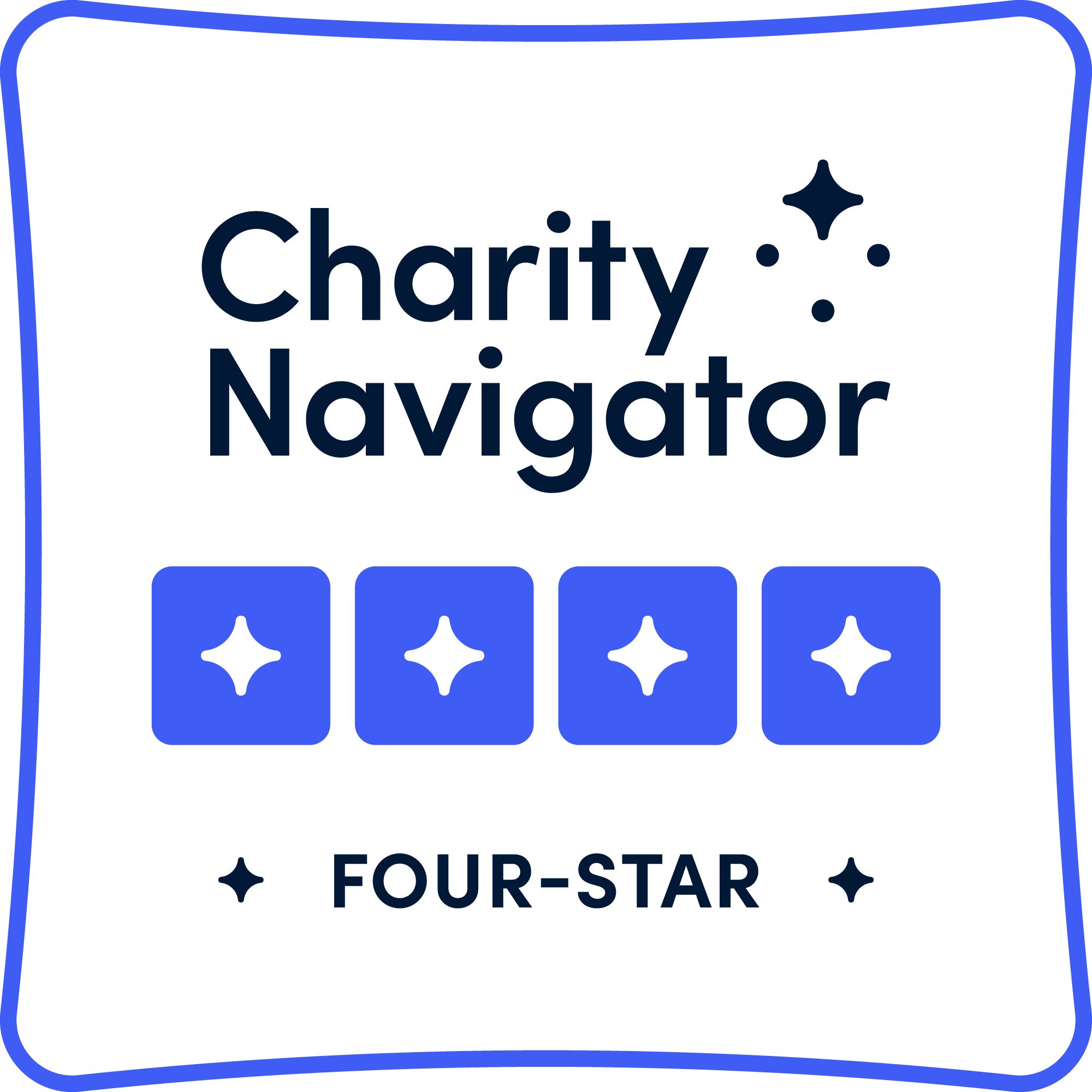It may seem overwhelming to integrate climate change into Kindergarten lesson plans, as most teachers worry that the topic would be too complex and challenging for younger kids to understand. However, it really is never too early to teach kids about climate change. There are many ways to simplify climate change-related concepts while also making it fun and interesting for Kindergarten students. Building a strong foundation about climate change in Kindergarten ensures that children are well-aware of the impact they can have on the planet, no matter their age. These 10 climate change activities for Kindergarten are sure to foster a love for Planet Earth at an early age.








































